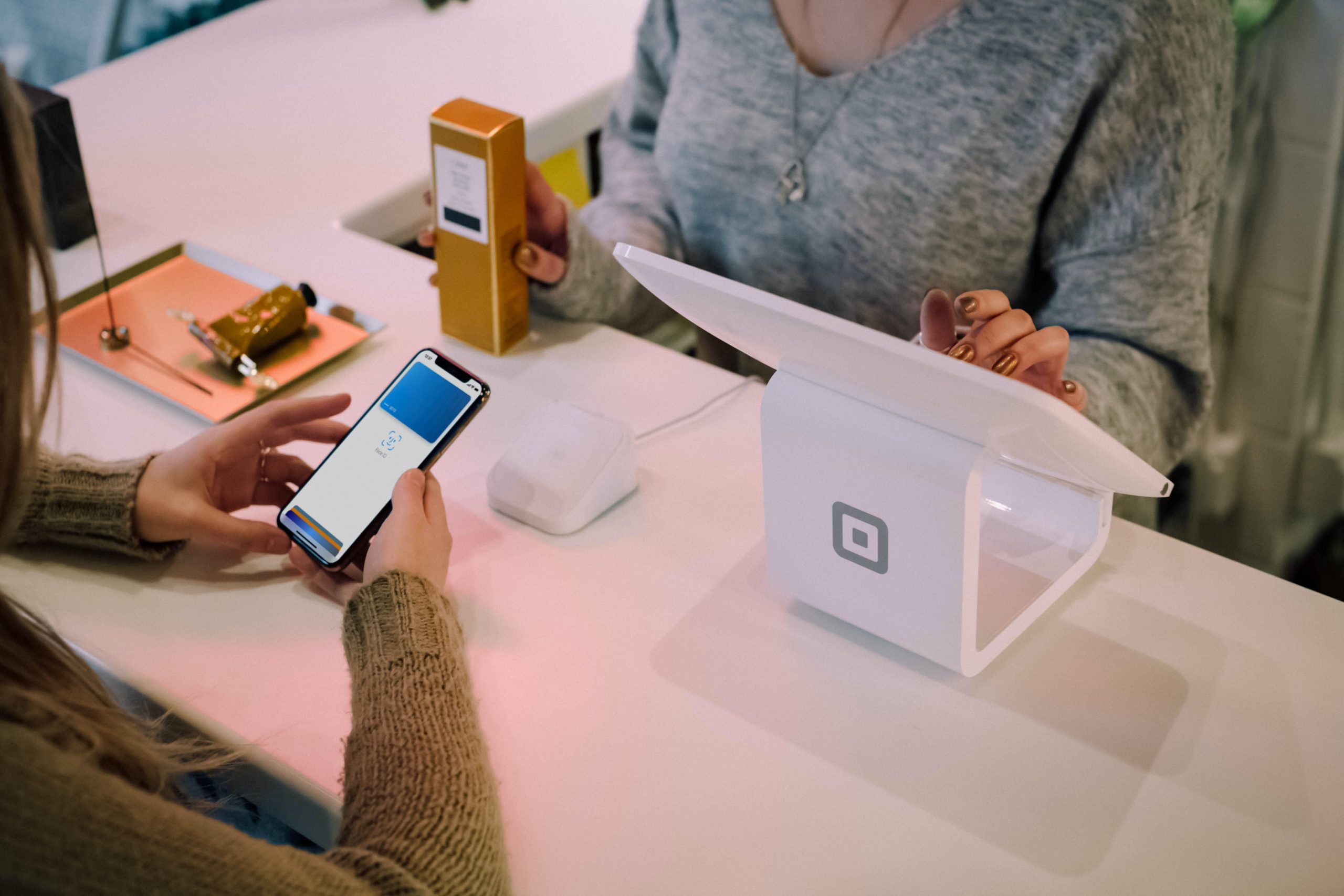In today’s fast-paced digital world, contactless payments have become the norm, and Apple Pay has emerged as a leading player in the mobile payment space. With its seamless and secure payment features, Apple Pay has gained popularity among millions of users worldwide. In this article, we will explore how to master Apple Pay for effortless contactless transactions, providing you with a convenient and secure way to make payments in various settings.
Apple Pay is a digital wallet that allows users to make payments using their Apple devices, including iPhones, Apple Watches, iPads, and Macs. It utilizes near-field communication (NFC) technology, which enables users to simply tap their devices on a contactless payment terminal to complete a transaction. With Apple Pay, users can add their credit cards, debit cards, and even loyalty cards to their digital wallet, making it a versatile payment method for various purposes.
Setting up Apple Pay is easy and straightforward. Users can add their payment cards to Apple Pay by opening the Wallet app on their devices and following the prompts to add a card. Once the card is added, users can choose their default payment card, which will be used for transactions unless they specify otherwise during checkout. Apple Pay also supports multiple payment cards, allowing users to switch between cards for different transactions.
One of the key benefits of Apple Pay is its convenience. With just a tap, users can make contactless payments at a wide range of locations, including retail stores, restaurants, transportation services, and online merchants that accept Apple Pay. This eliminates the need to carry physical wallets or rummage through bags for payment cards, making transactions quick and efficient. Additionally, Apple Pay also supports peer-to-peer payments, allowing users to send and receive money from friends and family through iMessage or Siri.
Security is a top priority for Apple Pay, and it employs several measures to protect users’ payment information. When a user adds a card to Apple Pay, the card information is encrypted and stored securely in the device’s Secure Element, a dedicated chip that stores sensitive data. During a transaction, Apple Pay uses a unique transaction code, also known as a token, which is generated for each transaction and shared with the merchant instead of the actual card number. This adds an extra layer of security as the actual card number is not shared, reducing the risk of fraud.
In addition to its convenience and security features, Apple Pay also offers a contactless payment experience that is seamless and intuitive. Users can easily access their payment cards from the lock screen or the Wallet app, and simply authenticate the transaction using Touch ID, Face ID, or a passcode. The process is quick and user-friendly, making it easy for anyone to use Apple Pay for contactless transactions, regardless of their technical expertise.
As with any payment method, it’s important for users to exercise caution and follow best practices when using Apple Pay. Users should keep their devices and operating systems up-to-date with the latest software updates, enable features such as two-factor authentication for added security, and regularly review their transaction history for any unauthorized transactions. It’s also essential to be aware of the settings and preferences in the Wallet app, such as turning on or off transaction notifications and managing card preferences.
In conclusion, Apple Pay is a convenient, secure, and user-friendly way to make contactless payments using Apple devices. With its seamless payment features, robust security measures, and wide acceptance at various merchants, Apple Pay has become a popular choice for many users. By mastering Apple Pay, users can enjoy effortless payments in various settings, making their digital payment experience convenient and secure.




